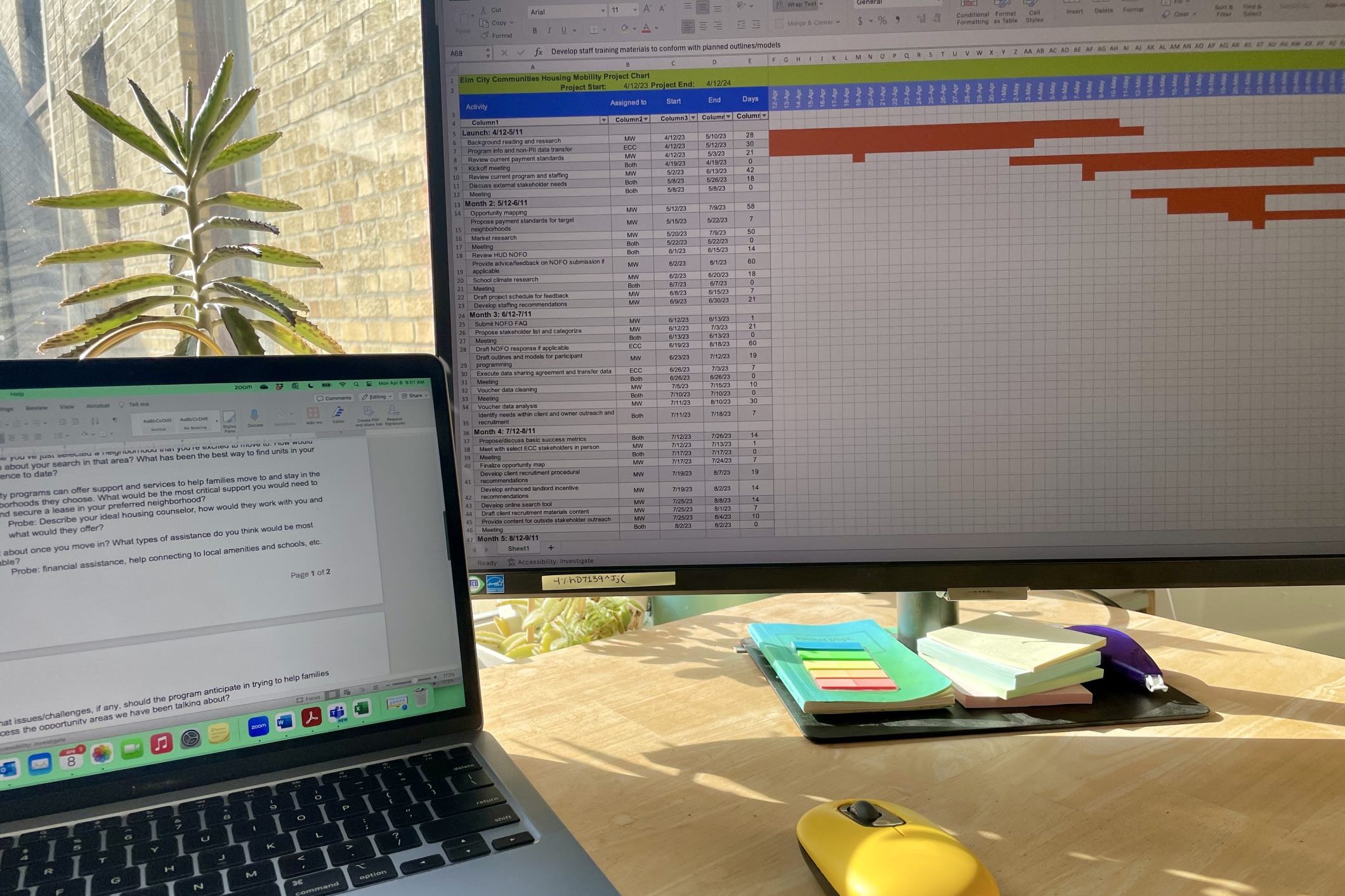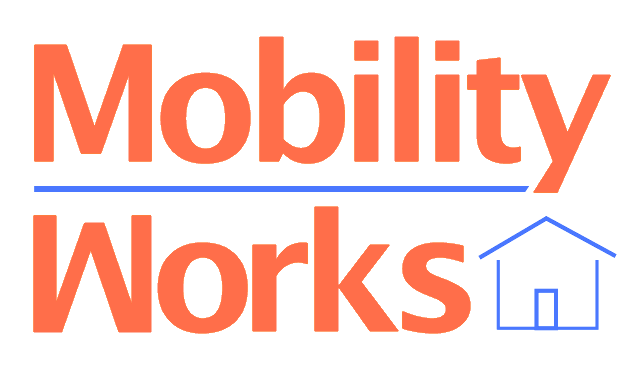
Rental Assistance Demonstration as Avenue to Expand Tenant Choice and Opportunity
The Rental Assistance Demonstration (RAD) was created to allow public housing agencies (PHAs) to convert aging properties with unmet capital needs to Section 8, using Project-Based Vouchers or Project-Based Rental Assistance.
When a building undergoes RAD conversion, pre-conversion residents have the right to live in the property once it is renovated. Additionally, all RAD tenants—including those who have moved in post-conversion—have priority, after a minimum period in the converted property, to receive a tenant-based voucher that will allow them to relocate if they wish: one year for developments with Project-Based Vouchers and two for those using Project-Based Rental Assistance. This provision, termed Choice-Mobility, was built into RAD to expand tenants’ options of where to live.
HUD’s 2023 report on early findings on the RAD Choice-Mobility policy describes the typical process for the tenant to access a tenant-based voucher. It starts with basic information presented by the PHA, then completion of a Housing Choice Voucher (HCV) request, resulting in either immediate receipt of a voucher or a priority spot on a special waitlist. (Families in RAD-converted units do not have to sign up for the PHA’s regular voucher waiting list and have priority to receive a moving voucher over families on the regular list.) Finally, with the voucher in hand, the tenant searches for a new home and moves if able to secure a lease within the allowed search time.
The report notes that tenants exercising the Choice-Mobility option receive little or no mobility counseling from the PHA or third-party providers. In fact, most PHAs included in the report offer RAD tenants seeking to move limited, if any, support with housing search. In making robust housing search assistance and mobility counseling available, PHAs can work toward fulfilling their obligation to affirmatively further fair housing and contribute to increased self-determination for RAD tenants.
To maximize the Choice-Mobility benefit for tenants, we recommend the following policies and practices. For detailed guidance on several of these recommendations, see HUD’s RAD Choice Mobility Guidebook:
- Use resources such as the Child Opportunity Index and the Opportunity Atlas to identify the low-poverty, high-opportunity neighborhoods in your region.
- Begin using Exception Payment Standards at 110% of the Small Area Fair Market Rent in the high-opportunity areas within your jurisdiction.
- Develop an opportunity map of your region to share with RAD tenants that shows the high-opportunity areas. Make clear which of these neighborhoods fall beyond the PHA’s jurisdiction, and therefore can be accessed by porting their voucher to another PHA.
- If permissible in your state, enter into agreements with other PHAs in your region that will allow reciprocal HCV administration between jurisdictions. If this type of agreement is not possible, enter into agreements to streamline portability by accepting the porting tenant’s background check and income verification from the originating PHA.
- Use the HCV administrative fee flexibility outlined in HUD PIH Notice 2022-18 to provide assistance with costs such as application fees, security deposits, and holding fees to tenants that find a place in a high-opportunity neighborhood.
- Share information about high-opportunity neighborhoods in RAD tenant sessions. Explain any benefits available to families looking to live in high-opportunity neighborhoods.
- Once a tenant has requested a voucher, provide information about their fair housing rights, source of income protections if they exist in your region, and information about how to report discrimination and how to contact local fair housing organizations.
- Get in touch with RAD families on the waitlist for Choice-Mobility vouchers up to six months before likely voucher issuance to remind them that you can help them find a home in a neighborhood that works for them.
- Meet with interested households to share and explain the opportunity map and discuss neighborhood and unit needs and preferences. Be ready with credit repair and legal assistance referrals and provide a housing search tracking sheet.
- Up to two months before a voucher is likely to become available for a particular RAD tenant, schedule time with them to explain and provide documentation of the requirements for leaving a RAD unit, the process for transitioning to the HCV program, HCV basics, the right to port the voucher, and obligations of HCV tenants and owners.
- PHAs should allow at least 120 days of housing search for all voucher holders (with extension available).
- Each week, provide searching households with updated rental unit listings that highlight addresses in high-opportunity neighborhoods.
- Expedite the Request for Tenancy Approval (RFTA) process by assisting both the tenant and landlord if needed, as well as verification of rent reasonableness.
- Perform the Housing Quality Standards Initial Inspection for properties in high-opportunity neighborhoods within five business days of RFTA completion.
- Once the Housing Assistance Payment contract is executed, ensure that the new HCV tenant has a point of contact within the agency in case questions or challenges arise.
The amount of time and cost required to implement and maintain these recommendations ranges, and we recognize that some of these interventions would be challenging for a PHA that does not have Moving to Work flexibility. We strongly believe that all agencies with family RAD developments should incorporate as many of the recommendations as possible to help realize the promise of Choice-Mobility.
How can we assist you?




